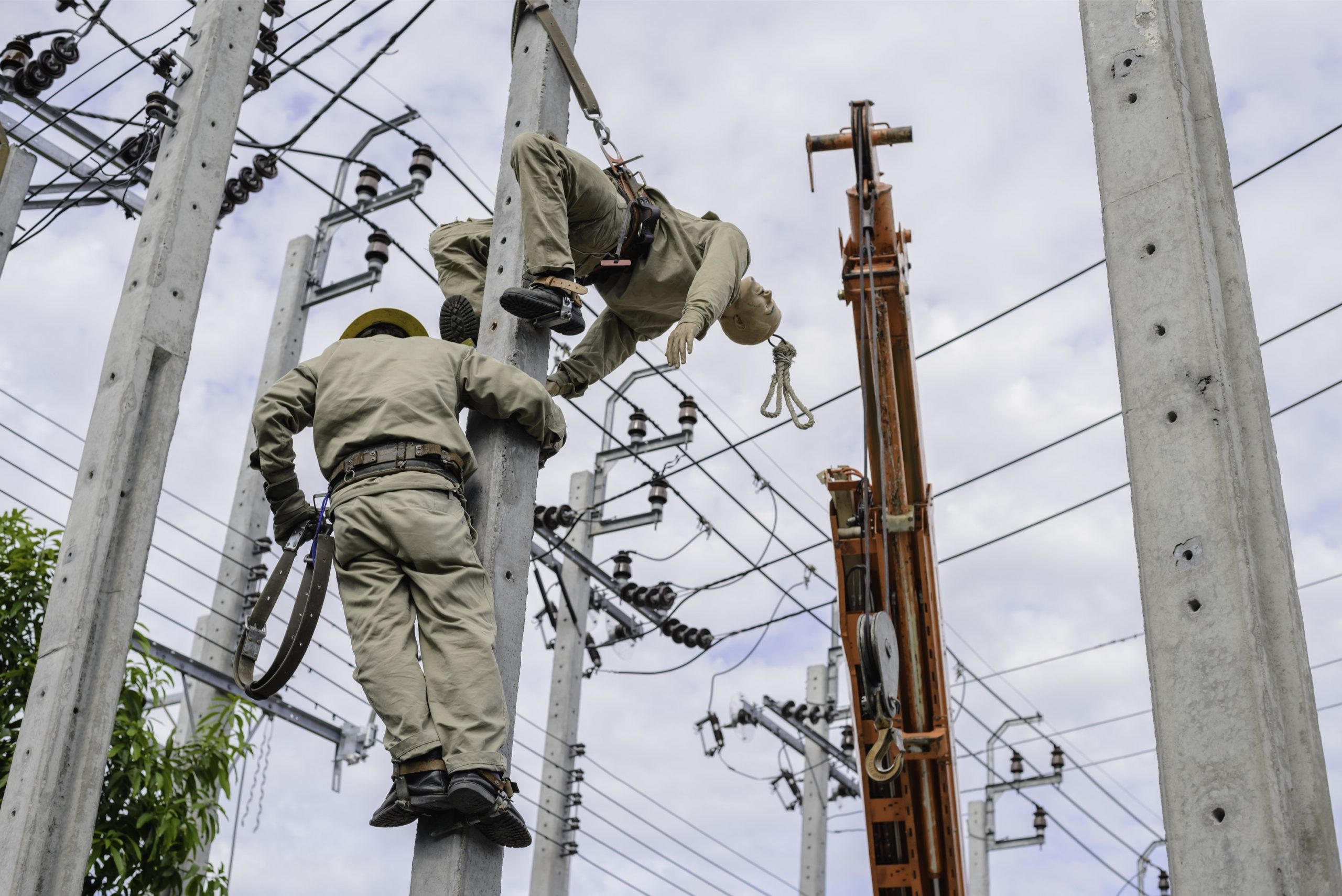
Electrical injuries: electrocution injuries
It is well known that any type of electrical injury can cause serious or life-threatening injuries. The most obvious injuries are those caused by electrocution. A lesser-known complication of electrical injuries is cataract formation
Electrical Injury and Cataracts
It is a well-known fact that any type of electrical injury can cause serious to life threatening injuries.
One lesser known complication of electrical injury is cataract formation.
In fact, the incidence of cataracts after electrical injury is as high as 6.2%.
Cataract formation has the potential to be catastrophic: cataracts are the #1 cause of blindness in the world.
Although cataracts are more likely to form in a patient with electrical injuries to the head and neck, they can also form in a patient with electrical injuries in other parts of the body.
Cataracts can develop days, months or even years after the initial electrical injury
They can form either bilaterally (in both eyes) or unilaterally (in one eye) after electrocution injury.
Bilateral cataracts will not necessarily appear simultaneously in the injured person.
Case reports document the appearance of a cataract in one eye of a patient a few days after the injury and the appearance of a cataract in the second eye many months after the initial incident.
Signs and symptoms of cataract formation are a gradual worsening of vision, poor night vision, appearance of halos or a glare, decreased sensitivity to shadows, and a decreased perception of color variations.
Diagnosis can be made through a routine visit to the ophthalmologist.
The patient will demonstrate decreased visual acuity on testing and the physician will see clouding of the lens of the eye with a slit lamp examination.
Treatments include surgical removal of the cataracts and implantation of an intraocular lens.
Of note, electrocution can also cause such ocular injuries as an unequal pupil size (anisocoria), iritis/uveitis (irritation of eye tissues), cyst formation and retinal detachment.
References
Cataracts: a long-term complication of electrical injury
J Burn Care Rehabil. 2004 Jul-Aug;25(4):363-5
Electrocution Injuries
Electrical injuries are relatively uncommon, but as most personal injury attorneys know, the majority of adult electrical injuries usually occur in occupational settings.
While some electrical injuries may be minor, other electrical injuries can range from cardiac and respiratory arrest to central nervous system damage, renal failure, muscle breakdown (rhabdomyolysis), and severe burns.
Individuals who do not develop cardiac or respiratory arrest or who do not become unconscious have a good prognosis.
Electrical injuries are caused by both direct current (DC) and alternating current (AC)
Direct current involves a steady flow of electrons and is used to charge batteries and power electrical systems.
Victims of direct current may be “thrown” away from the current source.
Alternating current involves a cyclical flow of electrons and is the type of electricity used in most homes and offices.
Alternating current is by far the more dangerous type of current where electrical injuries are concerned.
It causes extended muscle tetany which can cause the hand to “freeze” to the current source and prolong exposure to the current.
Blood vessels, muscles, and nerves have high electrolyte and water content.
This causes low resistance to the electrical current, providing increased conductivity for the electrical current.
Bones, fat, and skin have increased resistance to electrical current.
Thickened, callused skin provides even greater resistance.
If skin resistance is high, the injury may be more focused at the skin surface where the electrical current became dissipated.
If the skin is thin, with less resistance, the electrical injury may penetrate deeper into the body or organs.
Therefore, a severe surface burn may not predict a more severe injury. Conversely, a minimal injury at the skin surface does not predict a less severe burn.
References
http://emedicine.medscape.com/article/770179-overview note: To view the full article, you must register for a free account with Medscape.com.
Read Also:
Emergency Live Even More…Live: Download The New Free App Of Your Newspaper For IOS And Android
4 Safety Tips To Prevent Electrocution In The Workplace
Electrical Injuries: How To Assess Them, What To Do
Electric Shock First Aid And Treatment
‘D’ For Deads, ‘C’ For Cardioversion! – Defibrillation And Fibrillation In Paediatric Patients
Inflammations Of The Heart: What Are The Causes Of Pericarditis?
Do You Have Episodes Of Sudden Tachycardia? You May Suffer From Wolff-Parkinson-White Syndrome (WPW)
Knowing Thrombosis To Intervene On The Blood Clot
Patient Procedures: What Is External Electrical Cardioversion?
Increasing The Workforce Of EMS, Training Laypeople In Using AED
Difference Between Spontaneous, Electrical And Pharmacological Cardioversion


